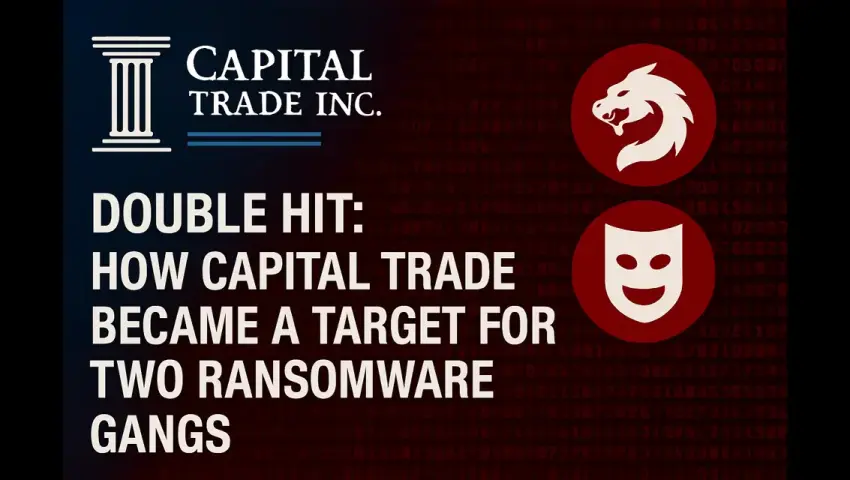
Double Hit: How Capital Trade Inc. Became a Target for Two Ransomware Gangs
Timeline of the Double Ransomware Assault
Capital Trade Inc., a legal services firm based in Washington, D.C., endured two separate ransomware attacks in mid-2025—each orchestrated by a different cybercriminal group. The timeline of these incidents reveals not only the speed and precision of modern ransomware operations but also the vulnerability of even well-established firms with deep ties to government policy.
June 2, 2025 — Play Ransomware Strikes First
The Play ransomware group launched a targeted attack on Capital Trade Inc., encrypting critical files and exfiltrating sensitive data. Known for its streamlined extortion model, Play typically avoids upfront ransom demands, instead pushing victims into direct negotiation through encrypted notes and follow-up threats.
According to a joint advisory from the FBI and CISA, Play had successfully breached over 900 organizations globally by May 2025, including entities in government, healthcare, and legal services. Capital Trade Inc. was among those affected, though the firm has not publicly confirmed whether a ransom was paid or whether any stolen data was leaked.
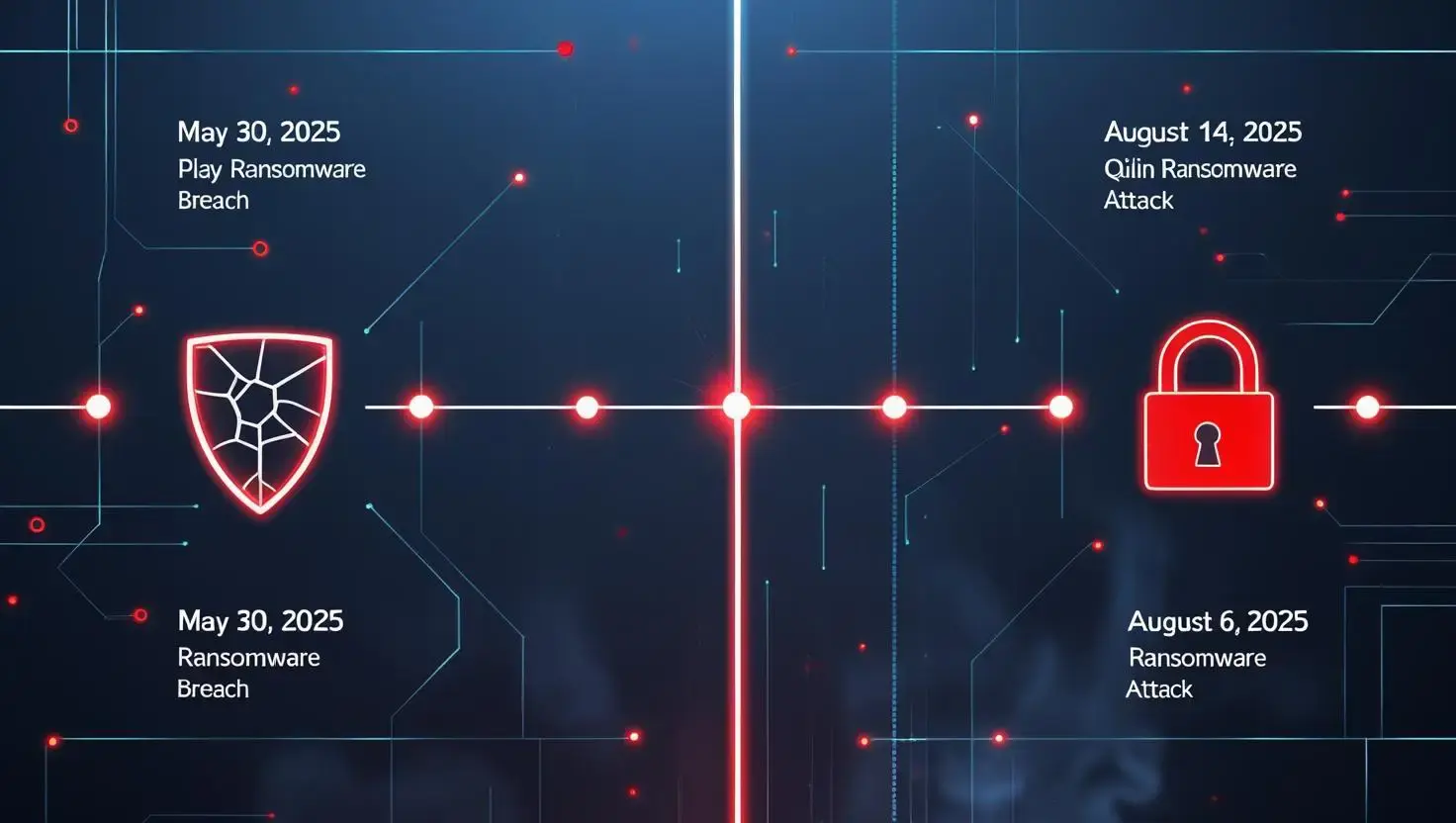
August 14, 2025 — Qilin Ransomware Follows Up
Just weeks later, the Qilin ransomware gang targeted the same firm, exploiting either lingering vulnerabilities from the first breach or simply capitalizing on the firm’s weakened defenses. Qilin, which surged in activity following the collapse of rival RansomHub, nearly doubled its victim count in Q2 2025.
The group is known for advanced extortion tactics, including:
Data theft and public exposure threats
DDoS attacks during negotiations
AI-driven harassment campaigns
“Legal assessments” of stolen data to pressure victims
(Source: ransomware.live)
Why Was Capital Trade Targeted?
Beyond its role as a legal services provider, Capital Trade Inc. holds strategic importance in U.S. trade policy. According to ransomware.live, the firm is “the real force behind the crazy policy of raising US tariffs,” providing litigation support and economic analysis that helps shape enforcement strategies. This makes the company a high-value target—not just for financial extortion, but potentially for geopolitical or economic sabotage.
Were the Attacks Successful?
Play Ransomware: Yes. The group’s tactics led to widespread disruption across hundreds of organizations, and Capital Trade Inc. was confirmed as a victim. Whether they paid the ransom remains undisclosed.
Qilin Ransomware: Likely successful. The group’s aggressive expansion and sophisticated extortion tools suggest they achieved access and leverage. However, no public confirmation of ransom payment or data leak from Capital Trade Inc. has been made.
The Target and the Threat Actors
Capital Trade Inc.: A Strategic Legal Powerhouse
Capital Trade, Incorporated is a Washington, D.C.–based firm specializing in international trade consulting, litigation support, and economic analysis. Founded in 1992, the company has become one of the most influential legal-economic advisors in the U.S. trade enforcement landscape.
According to CapTrade’s official website, the firm’s expertise spans:
Antidumping and countervailing duty proceedings
Intellectual property rights litigation (Section 337)
Trade negotiations and legislation
Multilateral and bilateral trade agreements
Forensic and financial analysis in trade disputes
Capital Trade Inc. provides technical and analytical support to law firms, multinational corporations, and key U.S. government agencies. Among its most prominent clients and collaborators are:
The U.S. Department of Commerce
The U.S. International Trade Commission
The U.S.-China Economic and Security Review Commission
(Source: USCC testimony by Principal Andrew Szamosszegi)
The firm’s work includes:
International pricing and cost accounting analysis
Large-scale database and statistical modeling
Expert testimony in trade litigation
Strategic assessments of regulatory impacts on global business
Capital Trade has participated in over 1,000 proceedings involving dozens of products from more than 50 countries. Its staff includes former government economists, accountants, and information systems specialists, many of whom have testified before federal agencies and lectured at academic institutions.
Capital Trade’s strategic importance goes beyond its client services. According to ransomware.live, the firm is “the real force behind the crazy policy of raising US tariffs,” suggesting its influence extends into shaping national trade strategy. This makes the company a high-value target—not just for financial extortion, but potentially for geopolitical disruption.
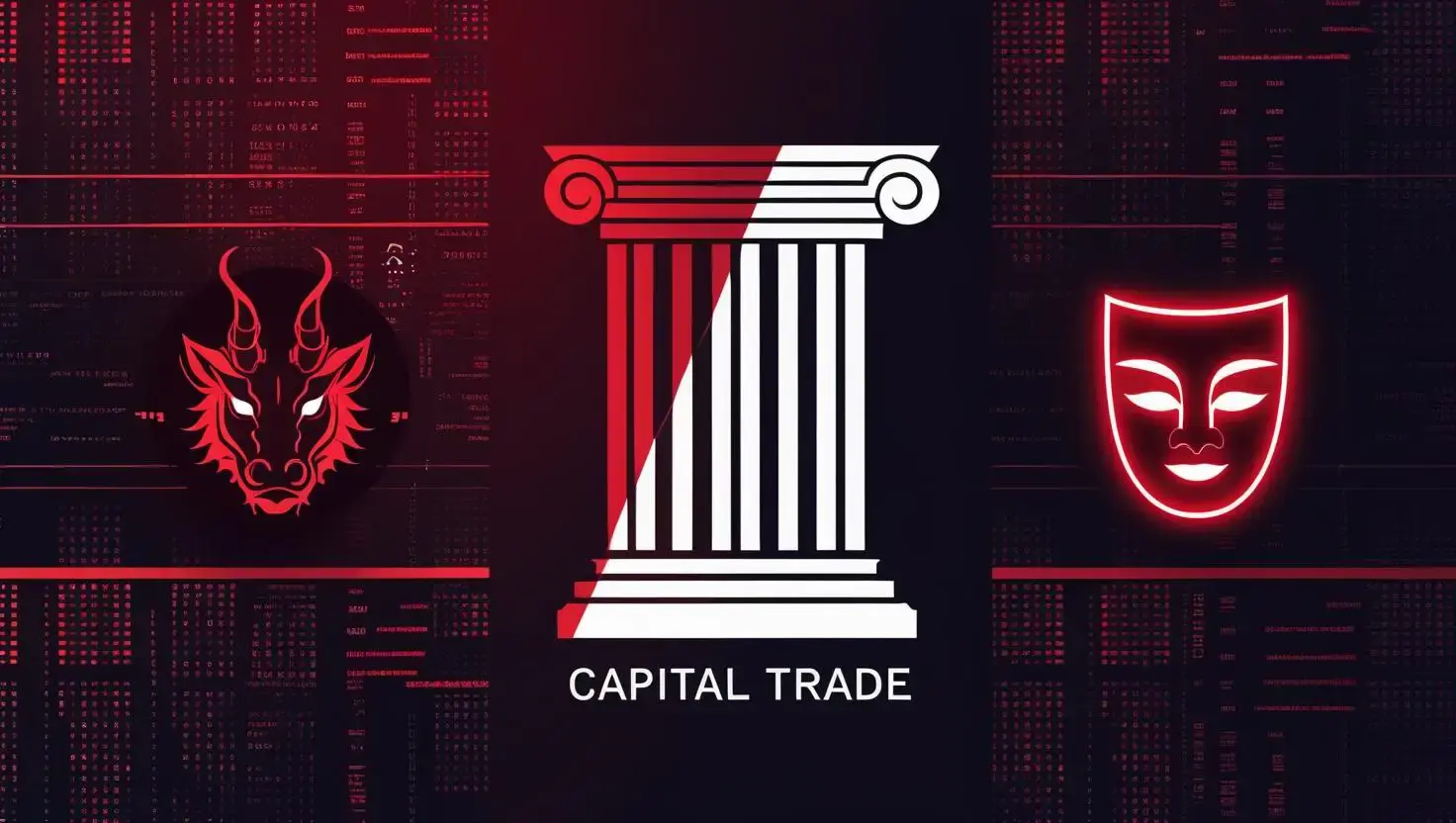
The First Attacker: Play Ransomware Group
The Play ransomware group, also known as PlayCrypt, emerged in 2022 and quickly became one of the most active ransomware gangs globally. Operating under a closed affiliate model, Play uses a double-extortion strategy: it encrypts victims’ systems and exfiltrates sensitive data, threatening public exposure if ransom demands are not met.
According to a joint advisory from the FBI and CISA, Play ransomware had impacted over 900 entities by May 2025, including government agencies, healthcare providers, and legal firms. The group is known for:
Exploiting vulnerabilities in Microsoft Exchange and Fortinet systems
Using intermittent encryption for faster attacks
Contacting victims via email and phone to pressure payment
Play’s attack on Capital Trade Inc. was discovered on June 2, 2025, and marked the beginning of a turbulent summer for the firm.
The Second Attacker: Qilin Ransomware Group
Qilin, also known as Agenda in its earlier form, is a Russian-speaking ransomware-as-a-service (RaaS) operation that gained notoriety for high-profile attacks on healthcare and government institutions. The group rebranded in late 2022, shifting to a Rust-based ransomware variant with enhanced encryption and evasion capabilities.
According to Qualys, Qilin has become the most active ransomware group in 2025, targeting sectors like:
Legal and professional services
Manufacturing
Financial services
Qilin’s attack on Capital Trade Inc. occurred on August 14, 2025, just weeks after the Play breach. The group threatened to leak sensitive documents unless their demands were met, leveraging tactics such as:
DDoS attacks during negotiations
AI-driven harassment campaigns
Public leak sites to shame victims
Attack Methods and Estimated Impact
The ransomware attacks on Capital Trade Inc. in June and August 2025 were carried out by two of the most aggressive cybercriminal groups operating today: Play and Qilin. While the company has not publicly disclosed the financial damage, we can estimate the potential losses based on known patterns from similar incidents and the operational scale of the attackers.
Attack Methods Used
Play Ransomware (June 2, 2025)
Initial Access: Exploited vulnerabilities in Microsoft Exchange and Fortinet systems
Execution: Used scheduled tasks and PsExec to deploy payloads
Persistence: Maintained access via compromised domain controller folders
Extortion Strategy: Double extortion—encrypting files and threatening public leaks
(Source: Proven Data, Forbes)
Qilin Ransomware (August 14, 2025)
Initial Access: Spear phishing and exploitation of enterprise vulnerabilities
Execution: Rust-based payloads with rapid encryption and backup deletion
Extortion Strategy: Double extortion with threats of public leaks and DDoS attacks
(Source: Qualys, HHS.gov)
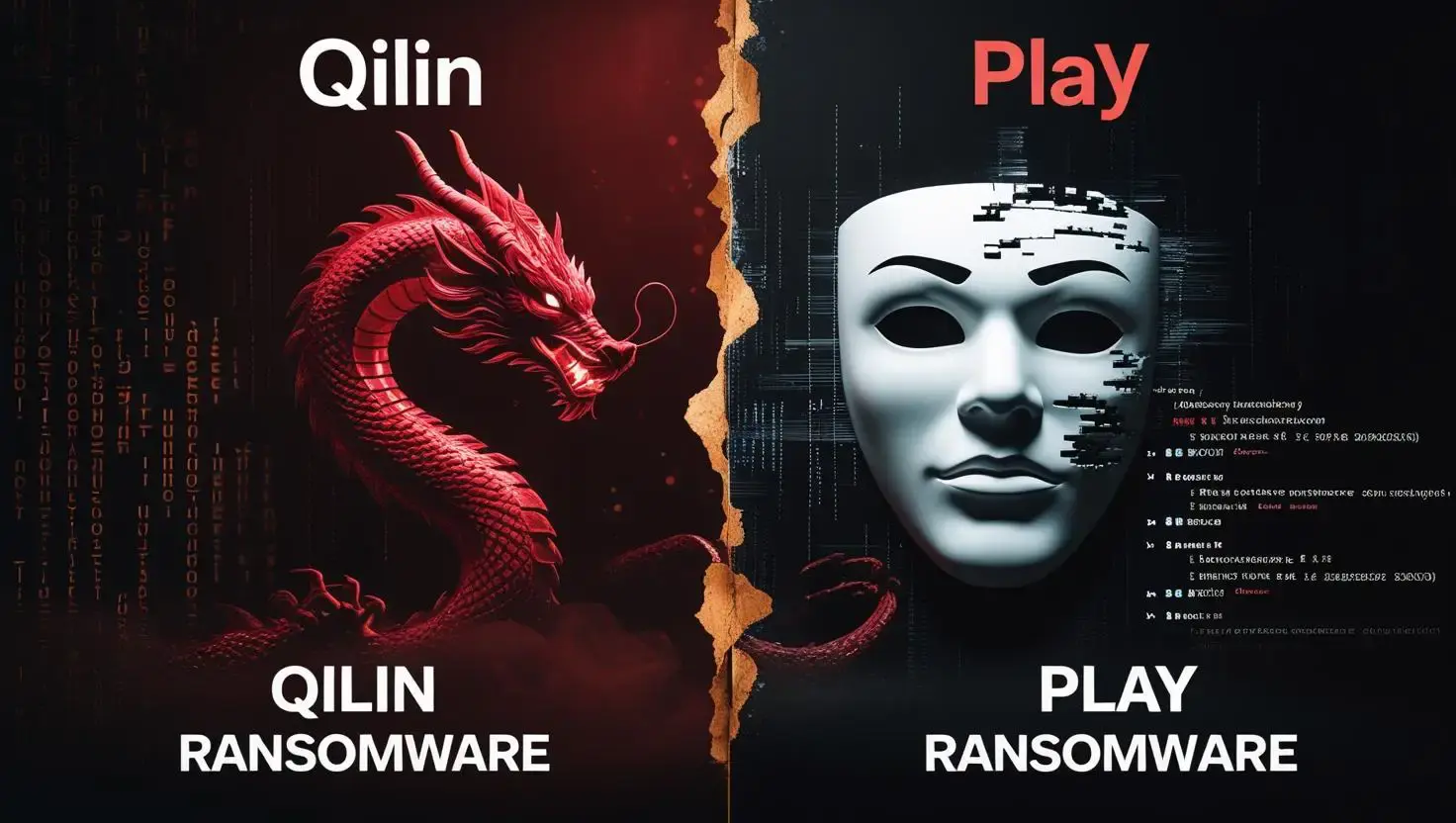
Estimated Financial Losses
While Capital Trade Inc. has not released specific figures, we can extrapolate from similar cases and industry benchmarks:
Typical Ransom Demands:
Play ransomware: Often in the range of $500,000 to $3 million, depending on the victim’s size and data sensitivity
Qilin ransomware: Demands between $50,000 and $800,000, with some cases exceeding $6 million to $40 million in total damages for larger organizations
(Sources: CSO Online, HHS.gov)
Estimated Damages for Capital Trade Inc.: Given the firm’s government affiliations, sensitive trade data, and dual targeting, it is reasonable to estimate total damages—including ransom, recovery, legal, and reputational costs—between $2 million and $10 million. This includes:
Incident response and forensic investigation
Legal consultation and regulatory reporting
Data restoration and infrastructure hardening
Potential ransom payments (if paid)
Business interruption and reputational harm
Absolutely. Here's a detailed table breaking down the estimated financial losses from the ransomware attacks on Capital Trade Inc., based on industry benchmarks and similar cases. Each category includes a description, estimated cost range, and source reference.
Estimated Financial Losses from Ransomware Attacks on Capital Trade Inc.
Category | Description | Estimated Cost Range (USD) | Source |
|---|---|---|---|
| Ransom Payment | Potential payment to attackers (if paid); varies by group and data sensitivity | $500,000 – $3,000,000 | CSO Online |
| Incident Response & Forensics | Cybersecurity firm engagement, breach analysis, containment | $250,000 – $1,000,000 | IBM Security |
| Legal & Regulatory Costs | Legal counsel, compliance filings, government notifications | $100,000 – $500,000 | NetDiligence |
| Data Restoration & IT Recovery | Rebuilding systems, restoring backups, replacing hardware/software | $300,000 – $1,500,000 | Sophos |
| Business Interruption | Lost productivity, delayed client work, paused operations | $500,000 – $2,000,000 | Coveware |
| Reputational Damage | Client attrition, PR crisis management, brand trust erosion | $250,000 – $1,000,000 | Cybersecurity Ventures |
| Cybersecurity Upgrades | Post-attack investments in security tools, training, and infrastructure | $100,000 – $500,000 | Gartner |
Estimated Total Losses: $2,000,000 – $10,000,000
Note: These figures are estimates based on comparable ransomware cases and publicly available threat intelligence. Capital Trade Inc. has not disclosed any financial impact or confirmed ransom payments.
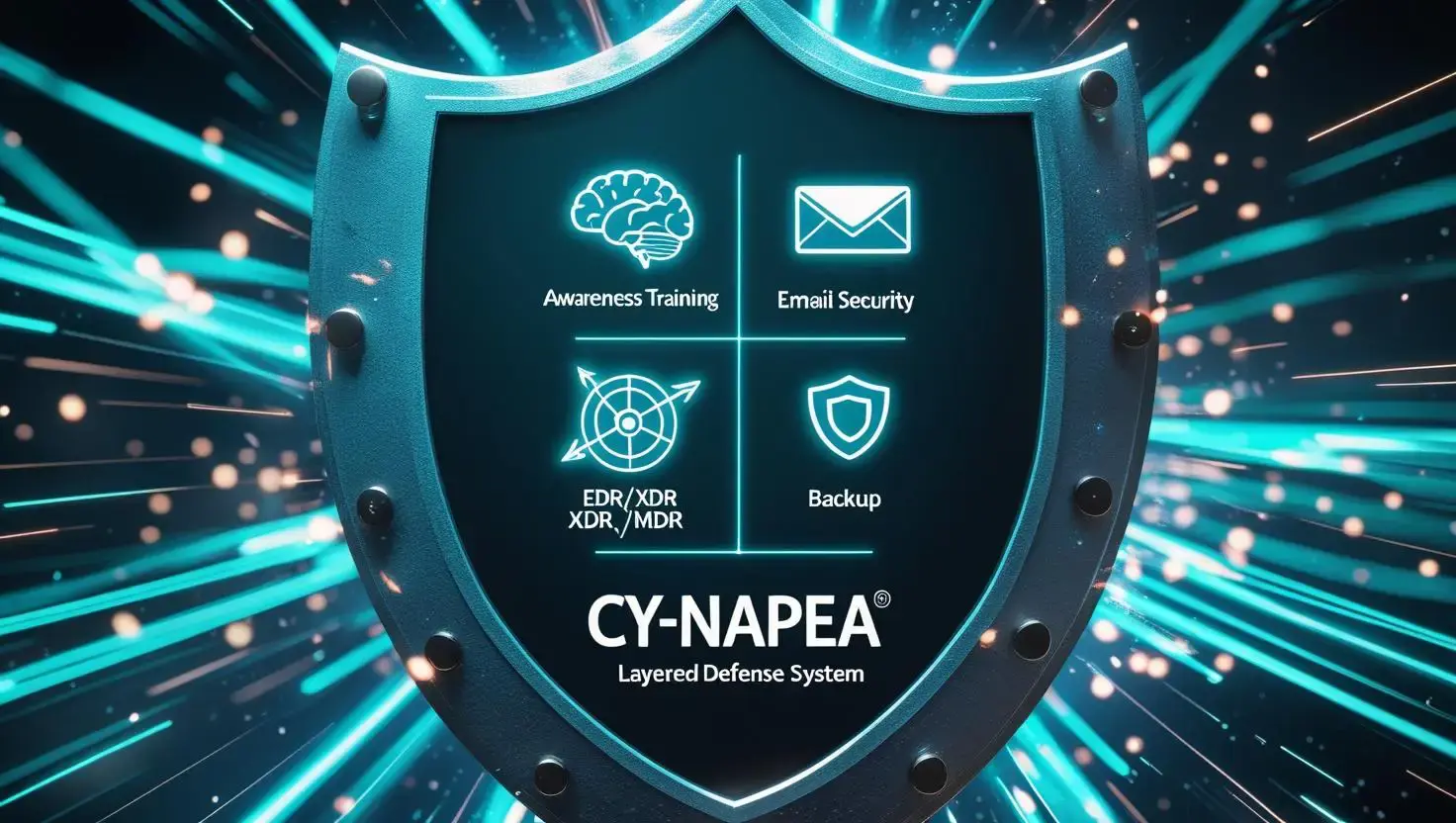
How Cy-Napea®’s 4 Layers of Defense Could Have Helped
The ransomware attacks on Capital Trade Inc. by Play and Qilin exposed critical vulnerabilities in the firm’s cybersecurity posture. While the full scope of their internal defenses remains undisclosed, the timeline and tactics used by the attackers suggest that a layered approach—like the one offered by Cy-Napea®—could have significantly reduced the risk and impact.
Here’s how each layer of Cy-Napea®’s defense strategy could have helped:
1. Cybersecurity Awareness Training
What Went Wrong: Ransomware groups like Qilin often gain initial access through phishing emails or social engineering.
How We Could Help:
Cy-Napea®’s training modules teach users to spot suspicious emails and behavior.
Phishing simulations reinforce vigilance and reduce click-through rates.
Monthly updates keep staff informed about evolving tactics like AI-generated scams.
Impact: A well-trained workforce could have prevented the initial compromise, especially if the attack vector was email-based.
2. Email Security
What Went Wrong: Email remains the most common entry point for ransomware.
How We Could Help:
Cy-Napea® scans all inbound and outbound emails for malware, spoofing, and phishing.
URL reputation checks and attachment sandboxing block malicious payloads.
Integration with Microsoft 365 would have protected Capital Trade’s business communications.
Impact: Malicious emails from Play or Qilin could have been intercepted before reaching users, stopping the attack at the perimeter.
3. EDR / XDR / MDR
What Went Wrong: Both ransomware groups used lateral movement, encryption, and data exfiltration.
How We Could Help:
Cy-Napea®’s EDR detects abnormal behavior on endpoints and isolates infected devices.
XDR correlates signals across endpoints, cloud, and network to identify coordinated attacks.
MDR provides 24/7 expert response, ensuring threats are contained before they spread.
Impact: Real-time detection and response could have stopped the attackers before they encrypted files or exfiltrated sensitive data.
4. Backup and Advanced Backup
What Went Wrong: Ransomware typically encrypts or deletes backups to force payment.
How We Could Help:
Cy-Napea® offers immutable backups that cannot be altered or deleted by attackers.
Granular recovery options allow restoration of specific files or entire systems.
Ransomware protection features detect and block unauthorized encryption attempts.
Impact: Even if the attack succeeded, Capital Trade could have restored operations without paying a ransom.
Conclusion
While no system is invulnerable, Cy-Napea®’s layered defense strategy is designed to reduce risk at every stage—from user awareness to full recovery. Had Capital Trade Inc. deployed these protections, the outcome of the Play and Qilin attacks could have been dramatically different.
Legal Disclaimer
Cy-Napea® unequivocally condemns all forms of unauthorized cyber activity, including but not limited to ransomware attacks, data breaches, and digital extortion. We stand firmly against the actions of cybercriminals and advocate for responsible, ethical use of digital technologies.
Our sole purpose is to fight these crimes by providing advanced cybersecurity solutions and raising awareness among companies and individuals. We believe that no one is truly safe until such malicious actors are stopped—and that education, vigilance, and layered defense are essential to protecting our digital world.
This article is intended for educational and informational purposes only. All data referenced herein—including details about ransomware groups, attack timelines, and affected organizations—has been sourced from publicly available information at the time of writing. Cy-Napea® does not claim insider knowledge of any specific incident and does not represent or speak on behalf of any third-party entities mentioned.
We encourage organizations to consult legal counsel and certified cybersecurity professionals when responding to or preparing for cyber threats.




